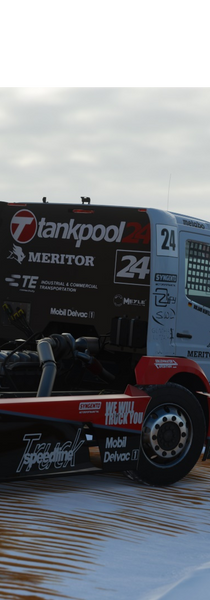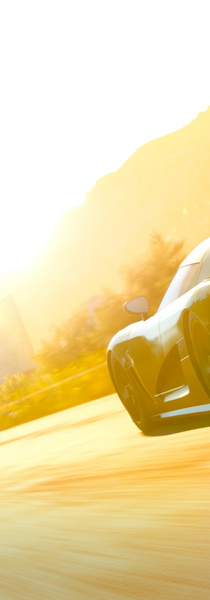
REPLICATION
MAKING SOMETHING NEW FROM SOMETHING OLD
HOW IT WORKS
Replication is a photo technique that's all about efficiency. Utilizing areas generated with basics such as zoom, context, and depth, Replication changes specific aspects of the same photographs to make multiple creations from the same concept. With Replication, photoshoots can not only be unique, but finished in a fraction of the time.
 |  |  |
|---|
REPLICATING ENVIRONMENTAL ENHANCEMENTS

GOOD REPLICATION
STARTS WITH A MALLEABLE BASE
When trying to recreate the place in which your subject sits, make sure your picture has one (or more) overarching 'amendities' (in this case the sun's color blur). Manipulating these key aspects of your photo, you can exchange things such as color or subject to create whole new pictures (as pictured).
TIPS
- When replicating Environmental Enhancements, aim to add a second or third Environmental Enhancement in the photo to help distract from the fact they're identical
- When possible, change both aspects of the background (such as color) and subjects to differentiate your pictures the most, as changing Enhancements are the mildest form of Replication
 |  |
|---|
REPLICATING IDENTICAL LOCATIONS

REPLICATION REQUIRES A BROADER APPROACH IN THINKING
When trying to replicate where the photo has been taken, one cannot always simply vary the subject, but how the subject interacts with the environment. To replicate locations effectively, one must rely on differentiating camera angles and orientations to get the desired perceived originality.
TIPS
- Try and use pictures with a blurred surface, that way it's harder to identify that the your location is an identical
- With space, comes opportunity. Always seek to use different angle types and orientation of the camera to create new storylines
- Changing the orientation of the subject in relation to the camera, especially when capturing motion shots, is a simple solution to create all-new works that are impossible to tell are shot in the same place











